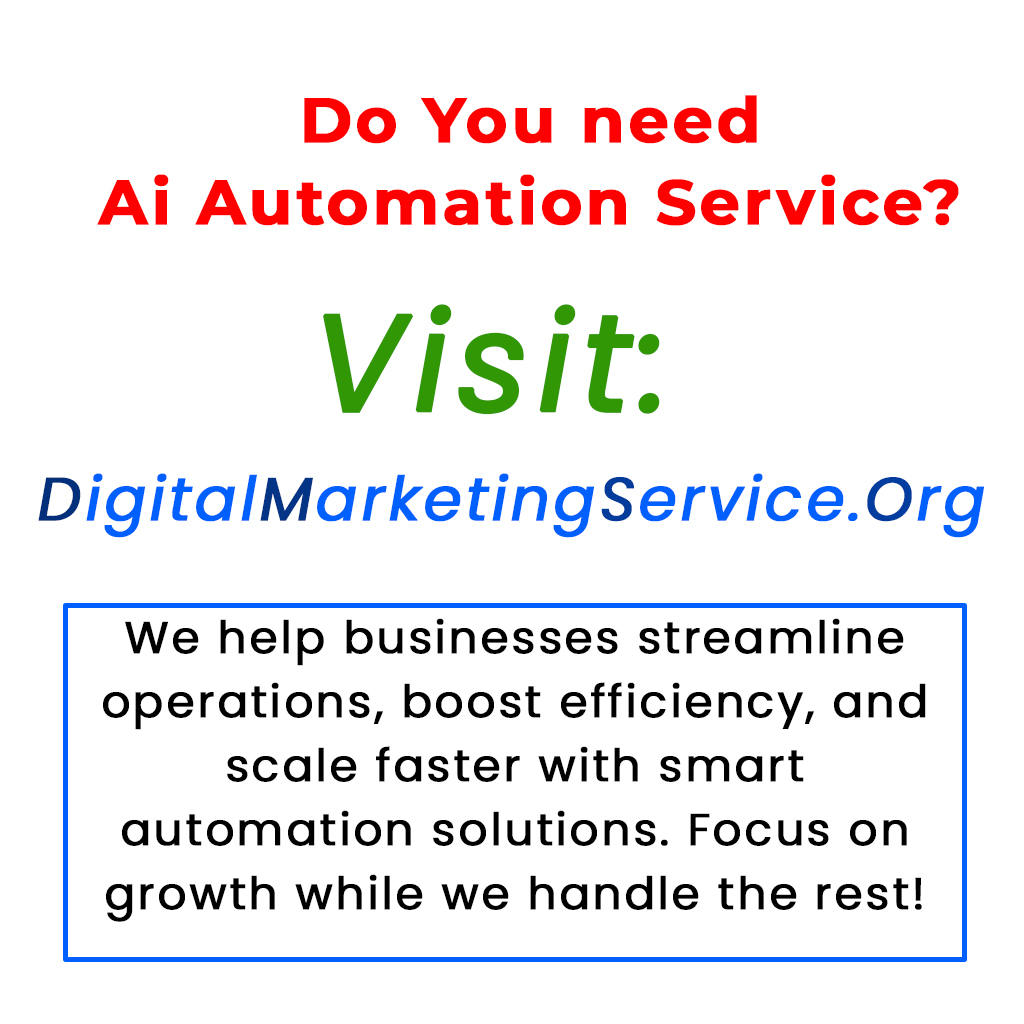This week, Shopify CEO Toby Lütke highlighted the essential role of AI in today’s workplaces, urging businesses to adopt this technology. However, a concerning gap exists between AI usage among professionals and the lack of AI education for computer science students. Reports reveal that while professionals leverage AI effectively, students often don’t learn to use it as quickly. To bridge this gap, Nan Yu from Linear suggests that making AI user-friendly is key for adoption. This newsletter also explores how AI is reshaping product design and offers practical advice for incorporating AI into work practices. With innovative courses on writing with AI, the importance of adapting to AI’s potential is clearer than ever.
As businesses increasingly embrace artificial intelligence (AI) in their daily operations, stark gaps in its adoption are emerging, particularly in education. Shopify’s CEO, Toby Lütke, recently highlighted in a noted memo that AI is now essential in the workplace. However, computer science professionals seem to be engaging with AI far more than their student counterparts.
A recent report from Anthropic reveals that while those already in the field utilize AI effectively, upcoming graduates are missing out on crucial learning. This is concerning given that the integration of AI into professional settings is already underway. Furthermore, research from Harvard Business Review raises alarms about the potential negative impact AI might have on critical thinking skills.
Nan Yu, from product management firm Linear, argues that the primary hurdle to broader AI adoption is a user experience (UX) issue. She emphasizes that it’s not just about understanding AI but also how this technology is designed to interact with users. Thoughtful design can make all the difference, allowing humans to harness AI’s potential more effectively.
To bridge the educational gap, companies and academic institutions need to work together to ensure students are well-prepared for a future where AI plays a pivotal role. As we explore the evolving landscape of AI in workplaces and classrooms, it is clear that both sectors must adopt innovative solutions to ensure that the next generation is equipped with the necessary skills.
For more insights into AI’s role in business and education, check out our resources on effective AI usage and watch for upcoming workshops aimed at bridging this gap.
Tags: AI adoption, education, workplace technology, user experience, Shopify, Toby Lütke, Nan Yu.
What is bad UX in AI applications?
Bad UX, or user experience, in AI applications means that the way people interact with these tools is confusing or frustrating. If users find it hard to understand how to use an AI tool, they are less likely to get the benefits it offers.
How does bad UX affect AI adoption?
Bad UX makes people hesitant to use new AI tools. If users struggle with features or find them unhelpful, they may choose to stick with older methods instead of embracing new technology.
What are some signs of bad UX in AI tools?
Common signs of bad UX include complicated menus, unclear instructions, slow performance, and features that don’t work as expected. If users often complain about these issues, it’s a sign that the UX needs improvement.
How can companies improve UX in AI applications?
Companies can improve UX by gathering user feedback, simplifying processes, and focusing on intuitive design. Testing with real users helps identify problems and create solutions that make the tool easier to use.
Why is good UX important for AI tools?
Good UX is crucial because it encourages adoption and helps users achieve their goals more effectively. When users enjoy their experience, they are more likely to use the tools regularly and trust the technology behind them.





